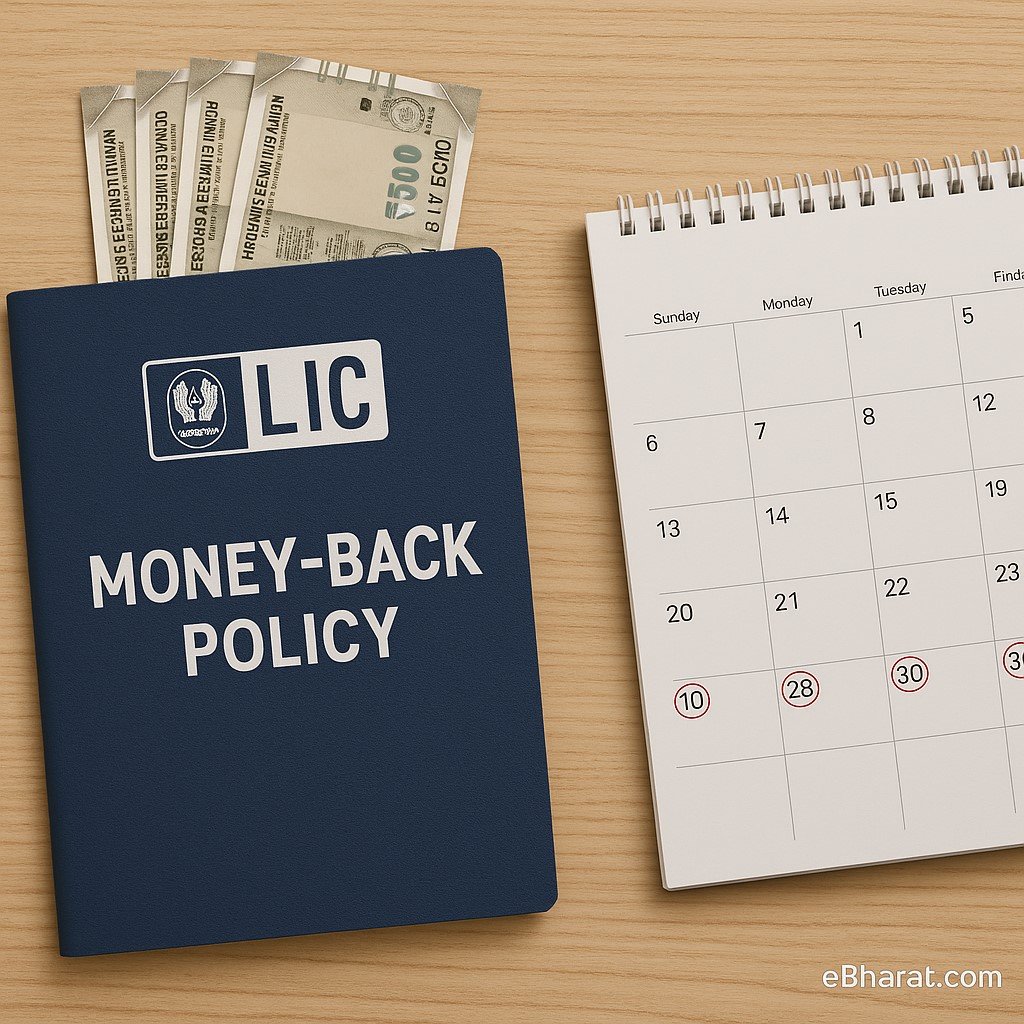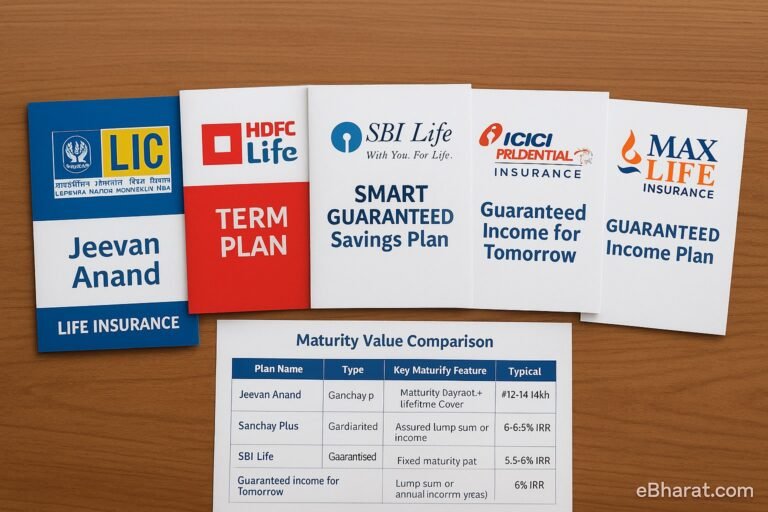
In India, many families still prefer money-back life insurance policies, especially with LIC. These plans sound attractive because they provide two things together:
- Life cover during the entire policy term.
- Regular payouts (a fixed percentage of the sum assured) at intervals before maturity.
On paper, this looks perfect — protection plus money in hand at regular stages. But the real question in 2025 is: Are money-back policies really worth it when other investment options are available? Let’s break it down.
How a Money-Back Policy Works
A money-back policy combines insurance with savings. Unlike term insurance (which only pays if you pass away during the term), a money-back plan gives you cash at fixed intervals while keeping life cover intact.
| Feature | Details |
|---|---|
| Policy Term | Usually 15, 20, or 25 years |
| Payout Frequency | Every 5 years (varies by plan) |
| Life Cover | Full sum assured on death, even if some payouts already received |
| Maturity Benefit | Remaining sum assured + bonuses at the end |
Who Should Buy a Money-Back Policy?
- People needing guaranteed periodic cash flow for fixed goals.
- Risk-averse investors who do not want to depend on stock markets.
- Parents wanting a safe education fund for recurring school expenses.
Who Should Avoid?
- Young professionals aiming for wealth creation — better to take a term plan + SIP.
- Anyone comfortable with market-linked products for higher returns.
- People seeking maximum life cover at the lowest premium.
Case Example
Sunita, 40, bought a 20-year money-back policy with a ₹10 lakh sum assured.
- Every 5 years, she received ₹2 lakh.
- At maturity, she got ₹4 lakh plus bonuses.
- Total payout over 20 years = ₹12 lakh.
But when adjusted for inflation, this amount was worth much less. Had she bought a term plan + mutual funds SIP, her potential wealth could have crossed ₹20 lakh.
Why It Matters
Money-back policies give the comfort of regular returns but may limit wealth creation. Understanding the trade-off between guaranteed payouts and long-term growth is key to making the right choice.
A steady trickle of money feels good — but make sure it’s not costing you long-term security. Share this eBharat.com guide so more people choose policies that truly fit their needs.
Related Reads on eBharat.com
- Guaranteed Return Plans – Are They Really Safe?
- Which Life Insurance Plan Offers Highest Maturity Value in 2025
- Term Plan vs PPF for ₹25K/Month Earners – Which is Better?
🤔 Still Thinking About a Money-Back Policy?
Money-back policies give safe but limited returns. If you want to explore better alternatives like guaranteed return plans, term + SIP combos, or family health covers — compare the best options today on Insurance+.
👉 Compare Better Plans on Insurance+💡 Or, if you want to become an insurance agent and guide families about policies like these, click here to apply now.












